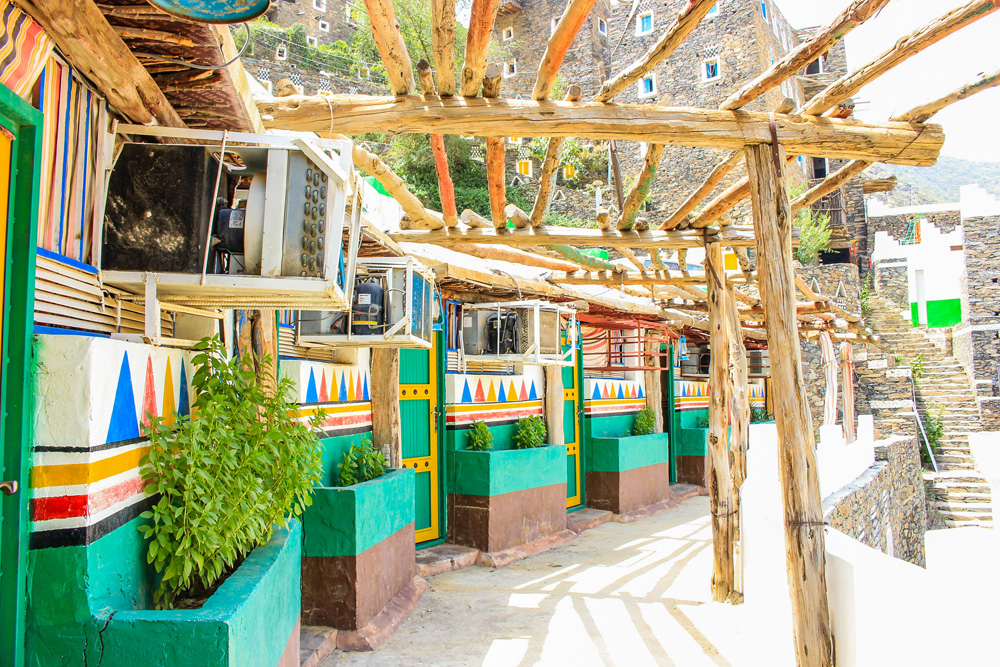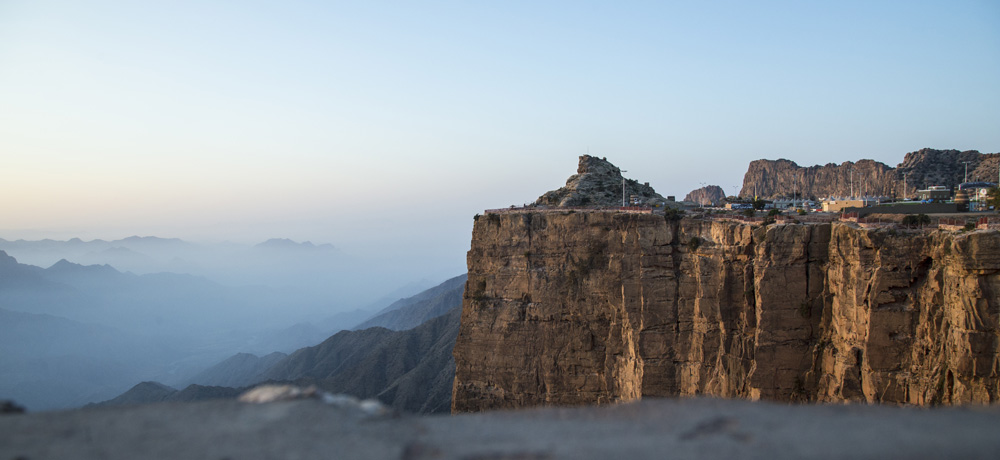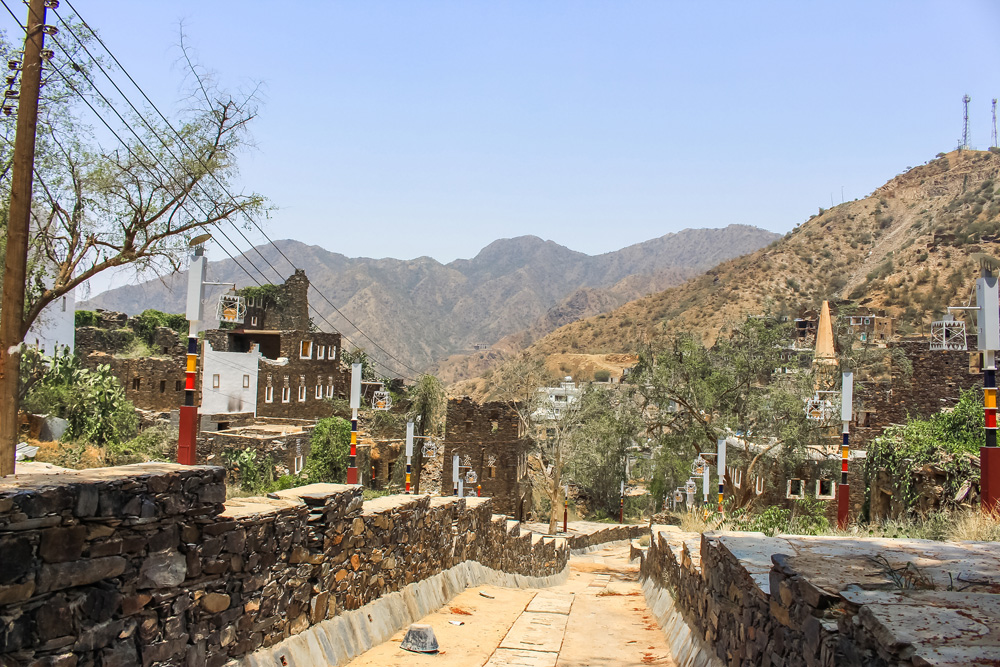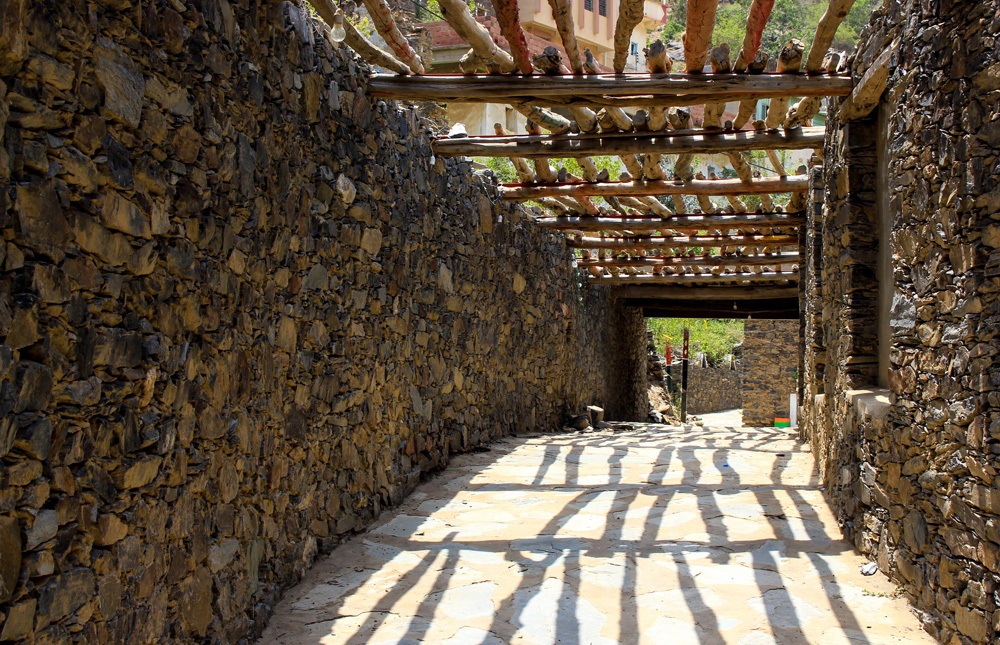
In January this year, the Saudi Commission for Tourism and National Heritage (SCTH) put together a pitch for Rijal Almaa, a heritage village in Asir, Saudi Arabia, for the UNESCO World Heritage Center in January 2018.

The village had previously won the Prince Sultan bin Salman Award for Urban Heritage in 2007 and went on to become a much visited tourist destination for those visiting Asir. The village of Rijal Almaa has much importance due to its plethora of historical, cultural, heritage and natural factors, as well as it’s culture and hospitality of its inhabitants. Those who live in the village pride themselves on the knowledge of their heritage and history of the village, including its nature and moderate climate, which are the main motives behind the SCTH’s decision to develop the village’s infrastructure and setting up economic opportunities that could ultimately benefit those who live there.

Rijal Almaa has already had a fair amount of developmental changes including an open air theatre, which can hold up to 1,000 people, shopping places where the village’s most famous produce can be found, and the increase of green spaces by 7,000 square meters.
The Saudi Commission for Tourism and National Heritage has made a focus on preserving and registering Saudi’s heritage sites, and call it “an activity that contributes to shedding light on the Kingdom’s cultural heritage worldwide, preserving this diverse history, archaeological sites and heritage that enrich the Kingdom, and rehabilitating these sites according to the standards of specialized international organizations.”

All of Saudi Arabia’s heritage sites fall under the Kingdom’s Cultural Heritage Care program that includes ways to highlight, preserve and develop its heritage sites.
The SCTH’s request to register 10 new sites to the UNESCO World Heritage list, including the Rijal Almaa village was approved by royal decree in October 2014. Saudi Arabia had first started to register its heritage sites when the government approved the registration of three sites on the World Heritage list in 2006.


















